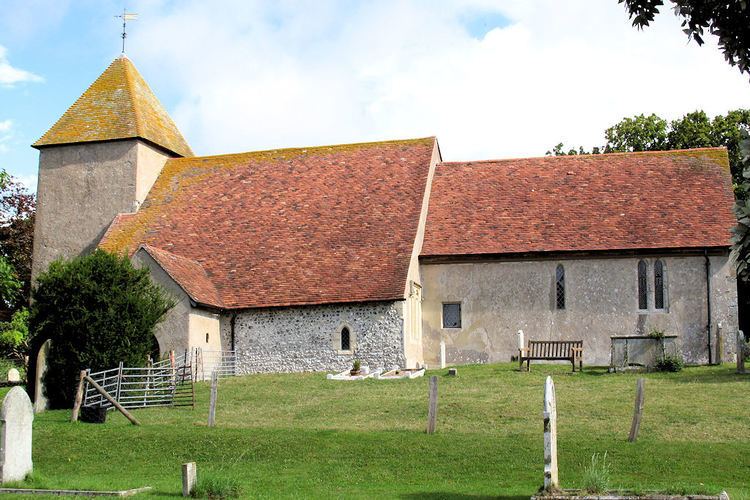Area 1.56 sq mi (4.0 km) OS grid reference TQ442037 Local time Monday 4:16 AM | Population 36 (Parish-1971) Civil parish Tarring Neville Dialling code 01273 | |
 | ||
Weather 6°C, Wind N at 8 km/h, 96% Humidity | ||
Tarring Neville is a village and civil parish in the Lewes District of East Sussex, England. The village is located five miles (8 km) south of Lewes, on the A26 road to Newhaven. The south west border of the parish runs along the River Ouse, the parish extending into the South Downs. At the 2011 Census the population of the village was included in the civil parish of Glynde and Beddingham
Contents
Map of Tarring Neville, Newhaven, UK
Landmarks
The parish church, dedicated to St Mary, is a Grade I listed building. It was built in the 13th century and has a 14th-century font. Two other Grade II listed buildings, the Manor Farmhouse and associated barn, are within the parish.
Governance
On a local level, the parish is governed with a Parish meeting although there have been no representations in recent years.
The next level of government is the district council. The parish of Tarring Neville lies within the Ouse Valley and Ringmer ward of Lewes District Council, which returns three seats to the council. The election on 4 May 2007 elected two Liberal Democrats and one local Conservative.
East Sussex County Council is the next tier of government, for which Tarring Neville is within the Ouse Valley East division, with responsibility for Education, Libraries, Social Services, Civil Registration, Trading Standards and Transport. Elections for the County Council are held every four years. The Liberal Democrat Thomas Ost was elected in the 2005 election.
The UK Parliament constituency for Tarring Neville is Lewes. The Liberal Democrat Norman Baker has been serving as the constituency MP since 1997.
At European level, Tarring Neville is represented by the South-East region, which holds ten seats in the European Parliament. The June 2004 election returned 4 Conservatives, 2 Liberal Democrats, 2 UK Independence, 1 Labour and 1 Green, none of whom live in East Sussex.
Name
Tarring is believed to be derived from either Tare(tar) ing(fort or stronghold) or Torr(Tower) ing(fort or stronghold) so it translates to the Tar Fort or Tower Fort. The most likely explanation for this name is to mean that this was where ships were waterproofed with tar.
The place names ending in ing,inge or ings were usually found on higher ground, or in places which control strategic points, and appear to surround areas first settled by the Saxons.
The Neville suffix was added after the Norman conquest in 1066 when the Neville family took ownership of the village.
Commerce
South of the village, along the A26 road, is the Tarring Neville chalk quarry. The quarry produces high quality chalk used locally for the manufacture of plaster. The quarry has reserves to last until 2019.
